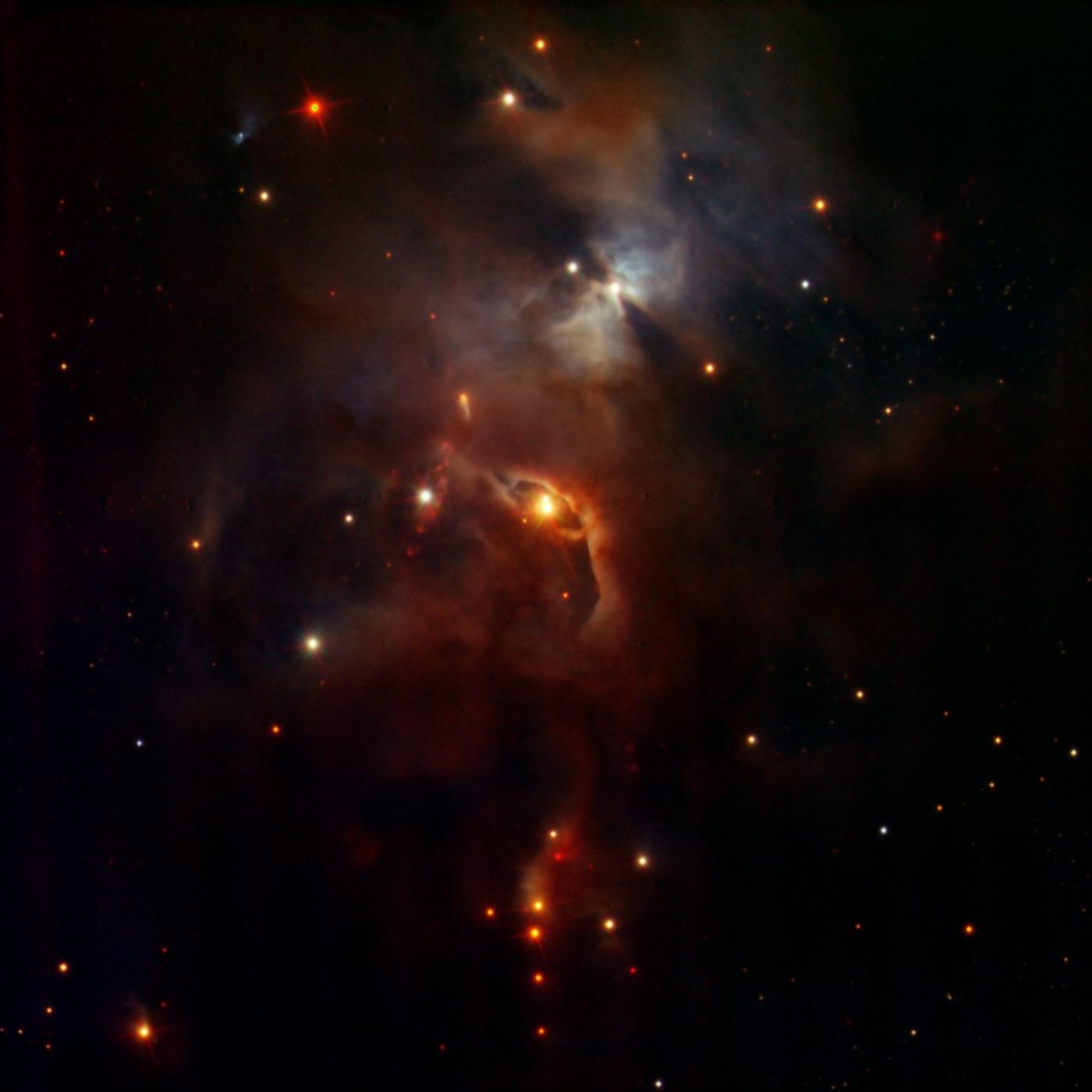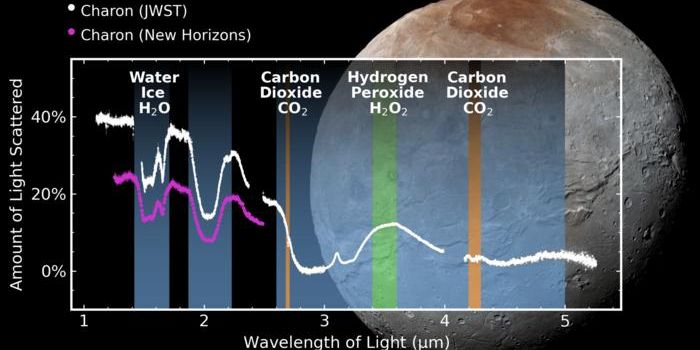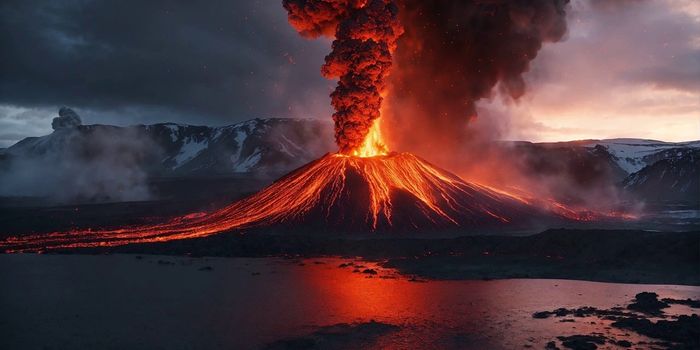The Formation of Brown Dwarfs
A recent study published in the Monthly Notices of the Royal Astronomical Society: Letters presents the first detection of a special methane (CH4) compound – deuterated methane, CH3D– outside the solar system. Deuterated methane, also known as methane with “heavy hydrogen,” is a stable isotope of hydrogen, whose atomic nucleus is composed of a proton and a neutron. Hydrogen atoms usually contain no neutrons in their nuclei.
Astronomers at Ludwig Maximilian University of Munich (LMU) were curious to learn if the gas and dust that make up proto-brown dwarfs, brown dwarfs that are in the process of formation, resembles the composition of the youngest proto-stars. This information could be the key to understanding the formation of brown dwarfs, which astronomers currently debate could just be a scaled-down version of the way stars are formed.
This is an image of a nebula in Serpens, the region in the sky in which the team at Ludwig Maximilian University of Munich (LMU) discovered deuterated methane in a proto-brown dwarf. Credit: European Southern Observatory
Brown dwarfs are hydrogen-rich objects that are too big to be planets and too small to be stars. They are often called “failed stars” because they do not have enough mass to ignite hydrogen nuclear reactions in their cores. Proto-brown dwarfs are still in their early formation stages and only a few thousand years old. Historically, methane – a simple and stable gas molecule (CH4) – has been instrumental in studying the properties of the oldest brown dwarfs in our galaxy (e.g., several hundred million to billions of years old). Unfortunately, because proto-brown dwarfs are very cold and dense, they must be studied in millimeter wavelengths, where methane has no spectral signature because of its molecular symmetry. Thus, deuterated methane must be used to observe brown dwarfs because they do have a spectral signature in the millimeter regime.
According to current theories, proto-brown dwarfs are much cooler (approximately 10 Kelvin or less – or less than -440 degrees Fahrenheit) and less dense than proto-stars. The detection of deuterated methane is especially puzzling because these molecules are more favorably produced when there is “warm” gas present (i.e., 20-30 Kelvin), according to our current understanding of chemistry. Therefore, a significant fraction of the gas present in proto-brown dwarfs must be warmer than 10 Kelvin or the deuterated methane would not be able to be formed. Deuterated methane has only been tentatively detected in one proto-star thus far, whereas the team has already detected it in 3 proto-brown dwarfs. This suggests that proto-brown dwarf formation must be different from proto-star formation, since proto-brown dwarfs exhibit a rich, warm organic chemistry, unlike proto-stars.









